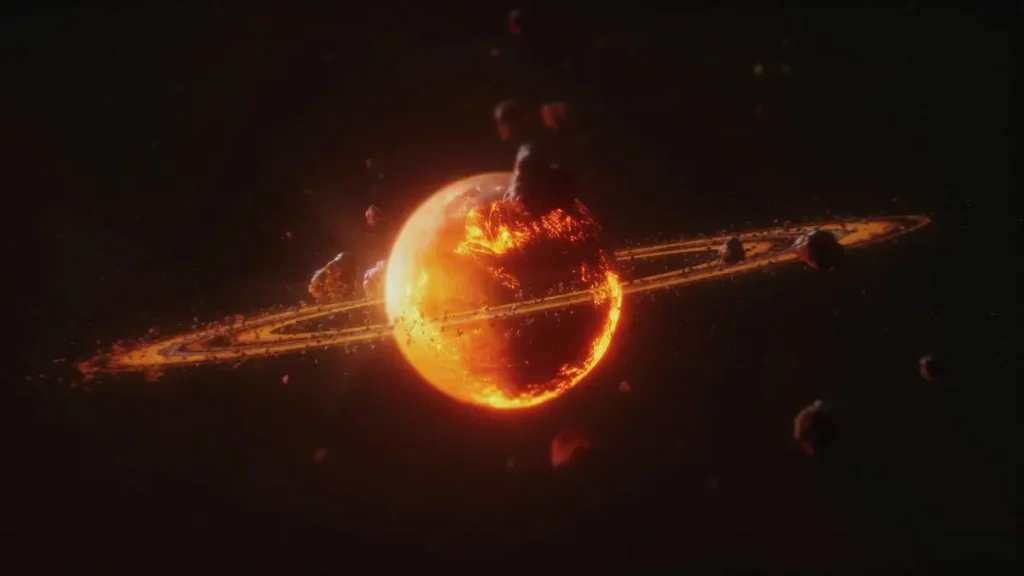Are you an innovator in the animated gaming world, facing the everyday struggle of limited resources for rendering your projects? You’re certainly not alone in this challenge.
The increasing demand for top quality in the entertainment industry, spanning movies, animations, and videos, has been a defining aspect for creators for years. But, a problem arose. Acquiring the necessary resources is a daunting task. And then, the Render network was born.
What is Render Network?
Render Network, known primarily on social networks as RNDR, is a blockchain-based platform capitalizing on underused GPU power to render visual effects and motion graphics. The brainchild of Jules Urbach, launched in 2017, provides a marketplace where people can get computation powers. It serves as a peer-to-peer platform where providers and requesters of GPU can swa computational power.
Its utility stretches beyond the basic rendering tasks. It encompasses various computational requirements, including AI, mining crypto, and more. The incentive? GPU providers receive RNDR tokens, Render’s native token facilitating all forms of network activity. Although its roots trace back to 2017, the Render Network launched officially in 2020. It secured support from key industry leaders like Brendan Eich, the founder and CEO of Brave Software and BAT. Its ultimate goal? Optimize GPU resource use by linking those with surplus to those needing more.
How Does Render Network Work?
As a web3-focused network, Render brings simplicity. Here is a detailed step-by-step guideline of how it functions:
Step 1: The content creator submits the job to the Render Network, from complex 3D arrangements to high-def visuals or simulations. While submitting the job, the creator adds all the vital details.
Step 2: Render gauges the job prices using its dynamic pricing model, factoring in complexity, urgency, and available resources. Consequently, the taskmaster will enjoy cost-effective rates while GPU suppliers will get handsome rewards.
Step 3: After submission and pricing, the Render network evenly distributes the workload to the GPU providers available. Aspects such as GPU type, capacity, geographical location, and the provider’s reputation influence this distribution.
Step 4: The GPU provider embarks on the rendering task to achieve the required output. Render employs a consensus mechanism called Proof of Render, which protects the process from malicious actors.
Step 5: This final step involves paying GPU providers using RNDR.
Addressing a Critical Conundrum
There is an immense hurdle in the burgeoning demand for creating and publishing top-class graphics. This problem is increasing in the entertainment industry, with gamers and movie enthusiasts demanding high graphics.
As such, it’s as plain as day that the demand for advanced rendering will skyrocket. And Render Network comes to solve just that. How? By making improvements in the following key areas:
Network Scalability
The network aims to help improve scalability in 3D rendering, leveraging a decentralized global network. This will help deal with the increasing high-quality content demands.
Efficient Infrastructure
When not using them, most GPU owners have their machines idling. At the same time, thousands of developers, artists, and even crypto miners struggle with low resources.
In Render, idle GPU owners and requesters can coordinate to create a global supply of computer resources.
Digital Rights Management
Under the umbrella of the Render network is a granular digital rights management system. This system leverages the traceability of blockchain and a node-based render graph.
A Better Use of GPU Power
Render Network believes that crypto miners are wasting GPU resources. Render focuses on powering a next-gen technological advancement. This combines AI and 3D content creation.
Render Token (Render) Tokenomics
As mentioned earlier, the heart of Render Network’s performance lies in its native token, RNDR. This is an ERC-20 token based on the Ethereum network. The initial issuance of the RNDR token occurred in 2017. As per the documentation, the network capped its total token supply to 536,870,912 tokens. The circulating supply is 366,385,484 RNDR.
But what is the role of the RNDR token? It serves several tasks, including;
- It’s the basic utility token for the Render Network. Creators in the Render Network use the token to pay for different rendering jobs. The amount paid determines the type of speed, price and security you get. There are three tiers including (Trusted Partners), Tier 2 (Priority), and Tier 3 (Economy)
- Rewarding – The internal reward mechanism of the Render network intensely relies on the RNDR token. But who gets the rewards? Node operators and it’s mainly for completing some rendering jobs using their idling GPU power. Moreover, Node operators can stake RNDR to access more jobs.
- RNDR is Render Network’s governance token.
A look at RNDR price charts for 2023 illustrates growth and adoption.
The coin has surged almost 10x since the start of the year. It moved from about $0.45 to $4.5 by mid-December 2023.
What are the Use Cases of Render Network?
Of course, Render Network was created to redefine different industries across the globe. Among them include:
- Media
- Augmented Reality
- Mixed Reality
- Gaming
- Medical
- Virtual Reality
Final Word
The Render Network is redefining the game for creative industries that rely heavily on rendering jobs. Now, owners of excess or idle GPU power can use it in Rendering projects for other creatives at a fee.
Through its native token, RNDR, it has created a rewarding ecosystem for GPU providers, thus promoting a symbiotic relationship between content creators and resource providers. The recent price growth of RNDR is testimony enough of the network’s usability especially in the entertainment world.
